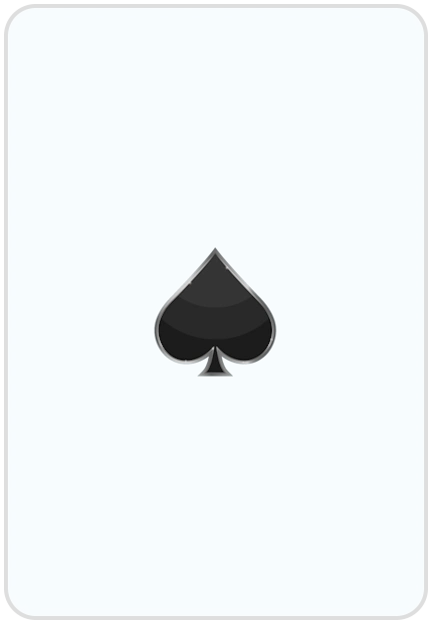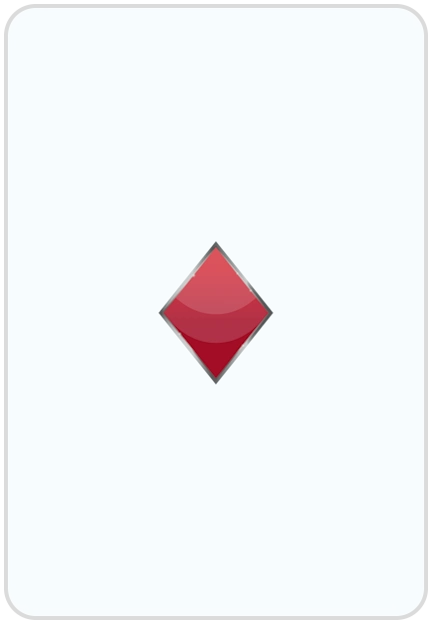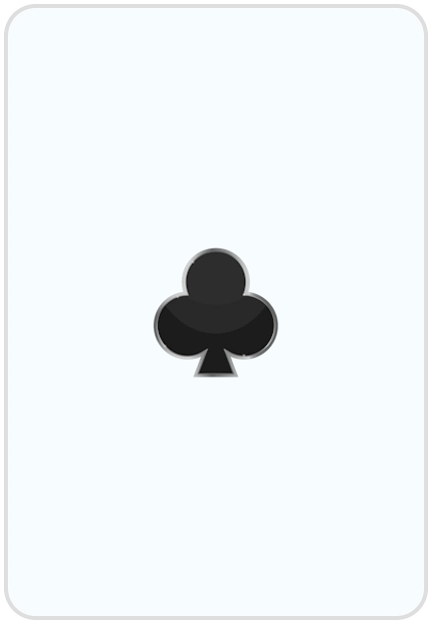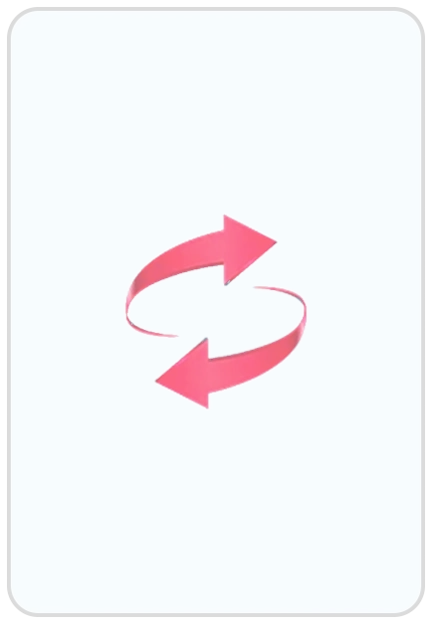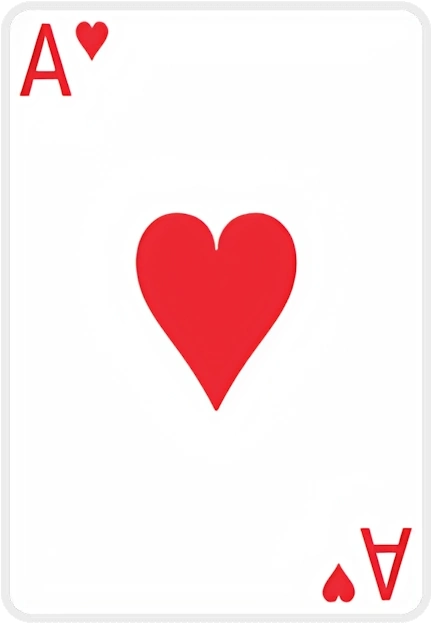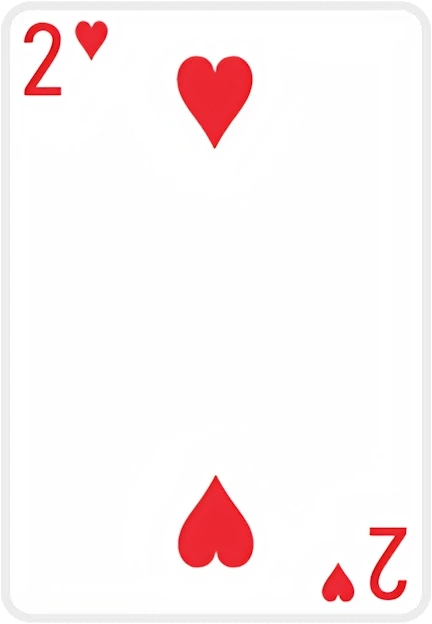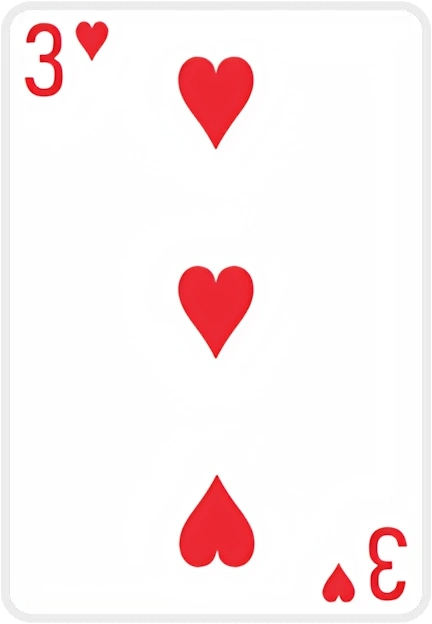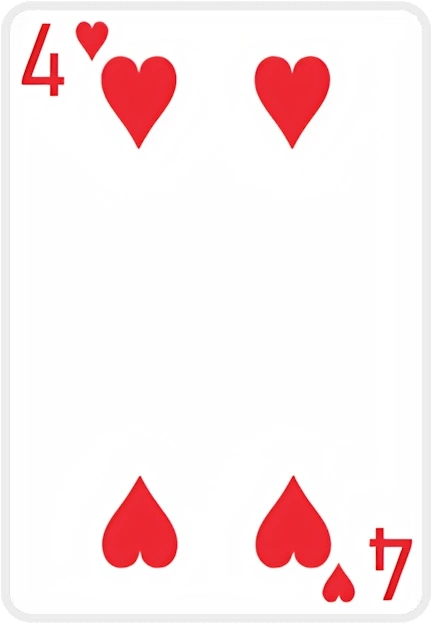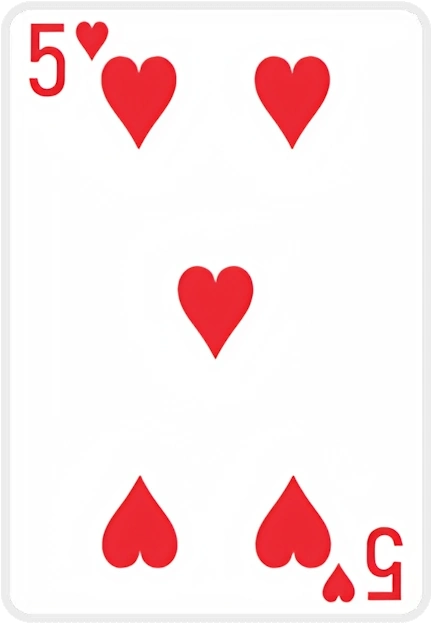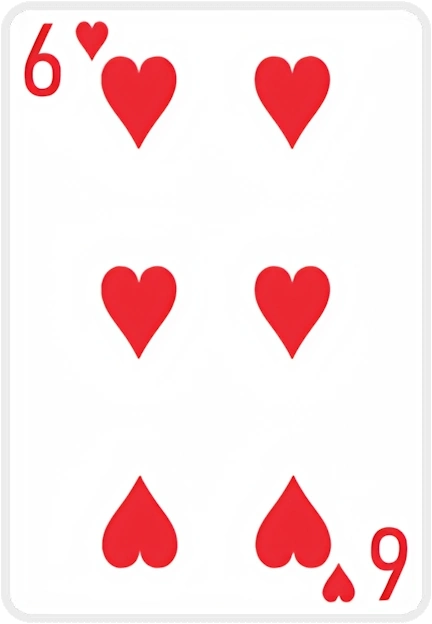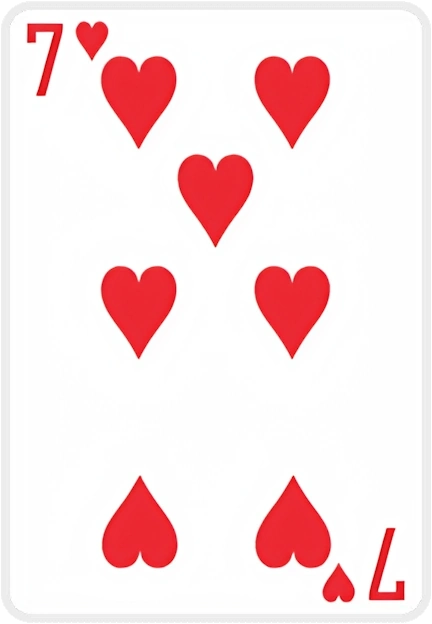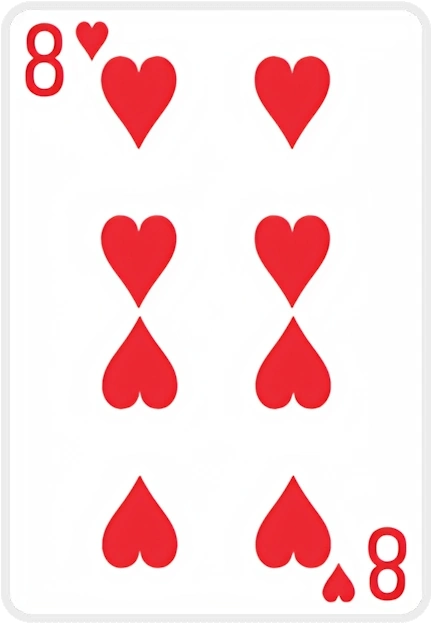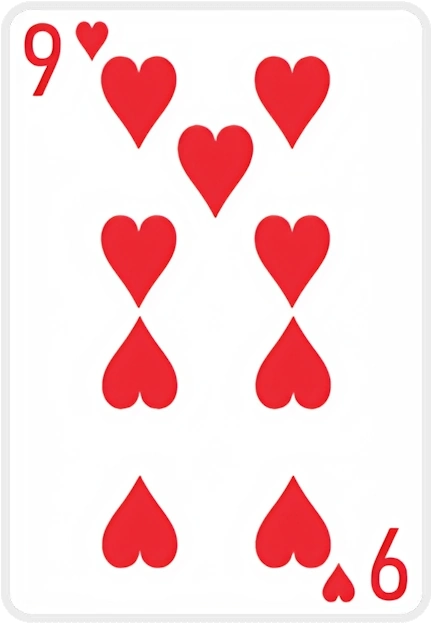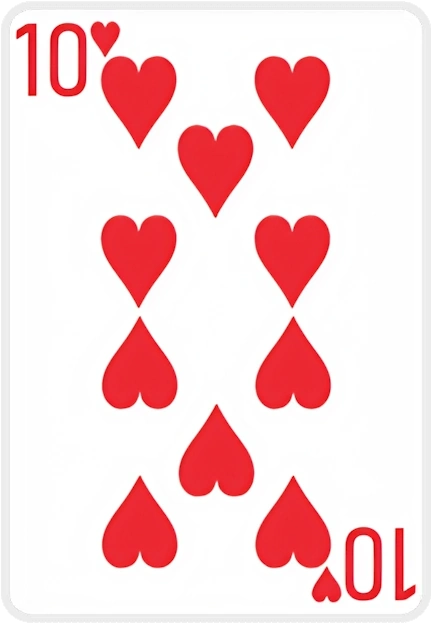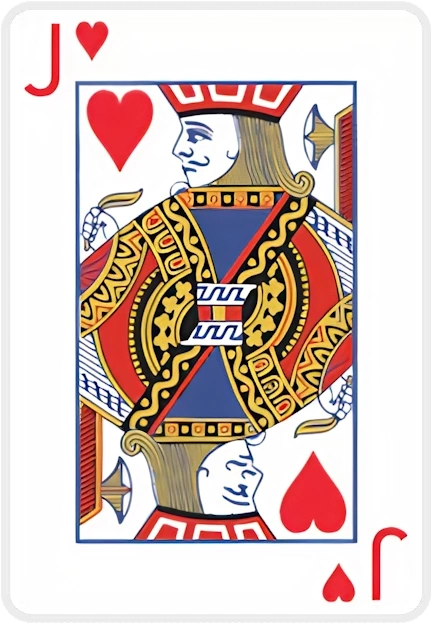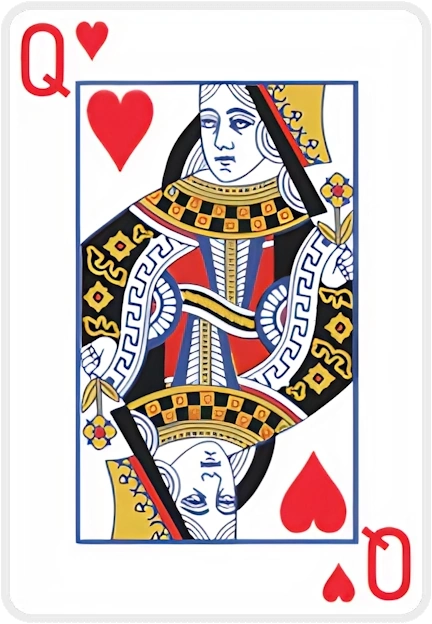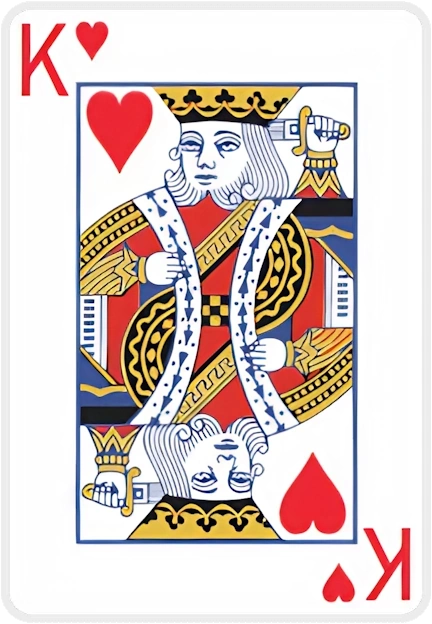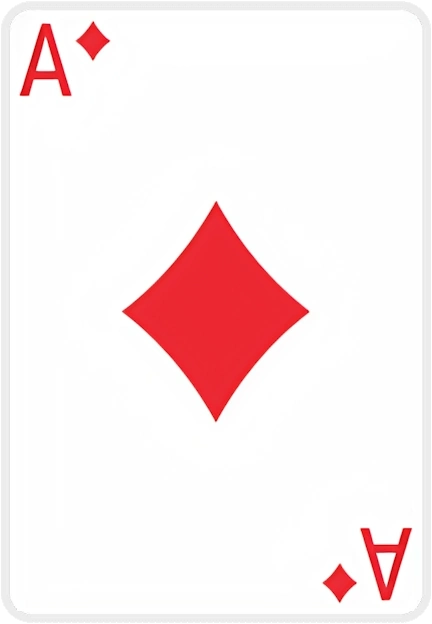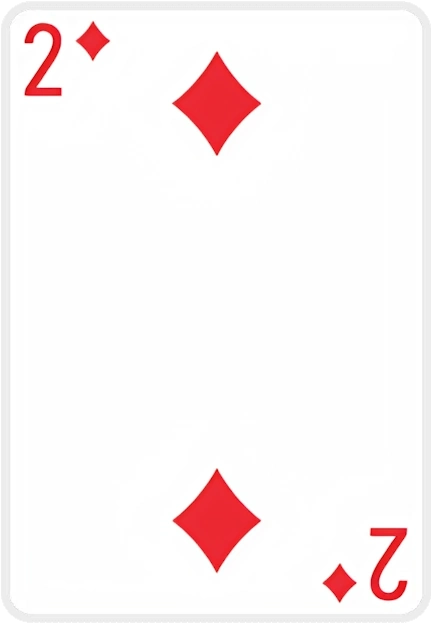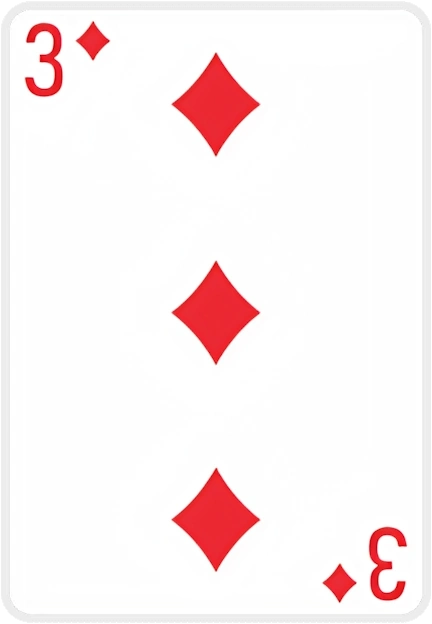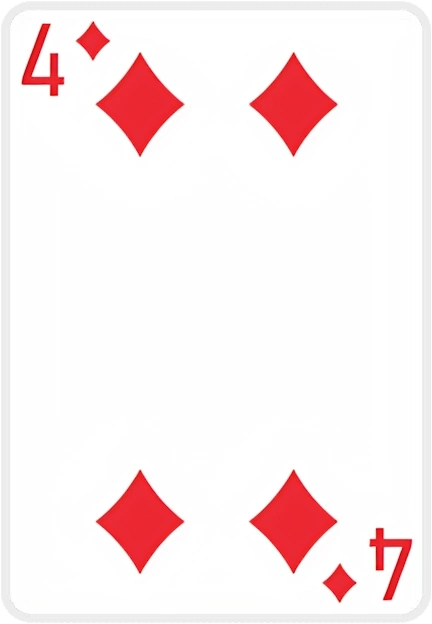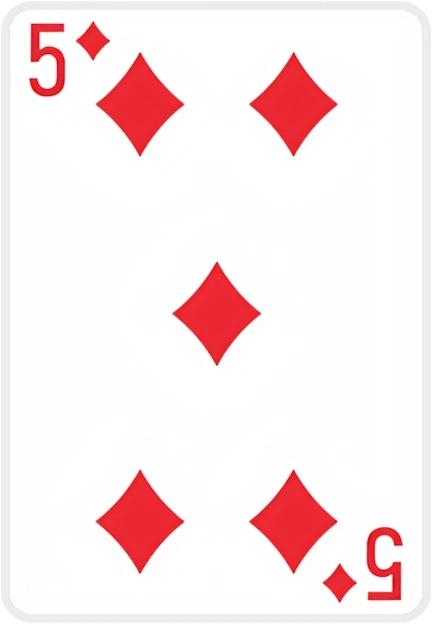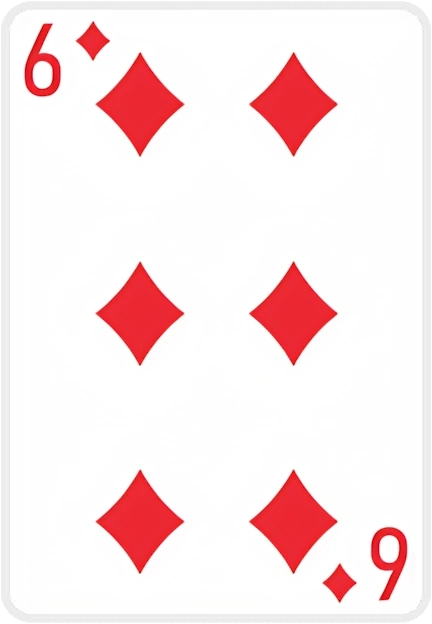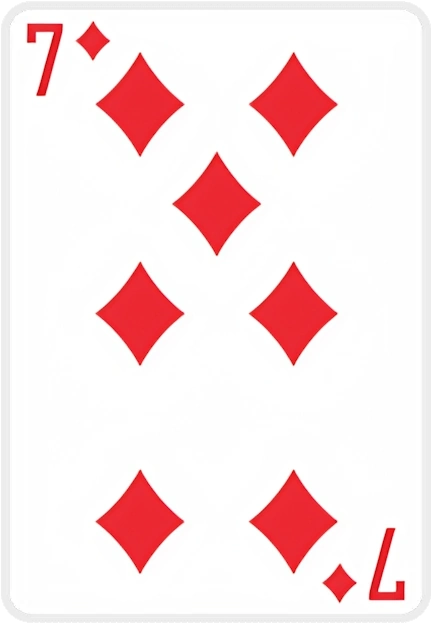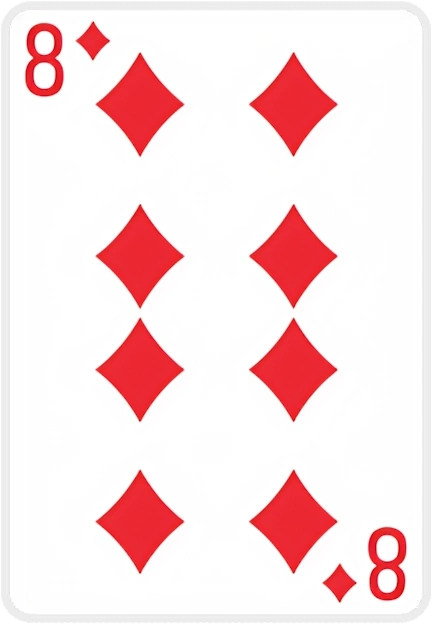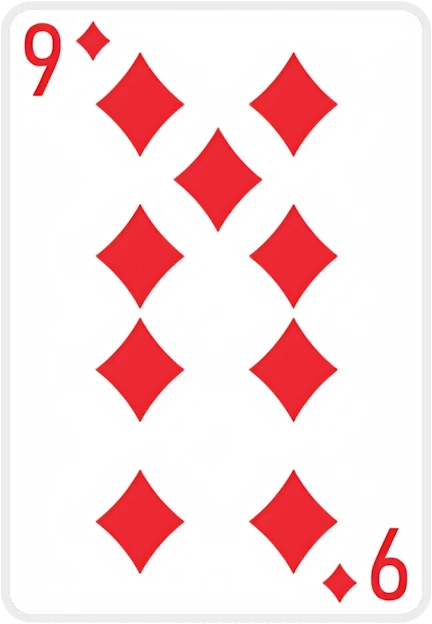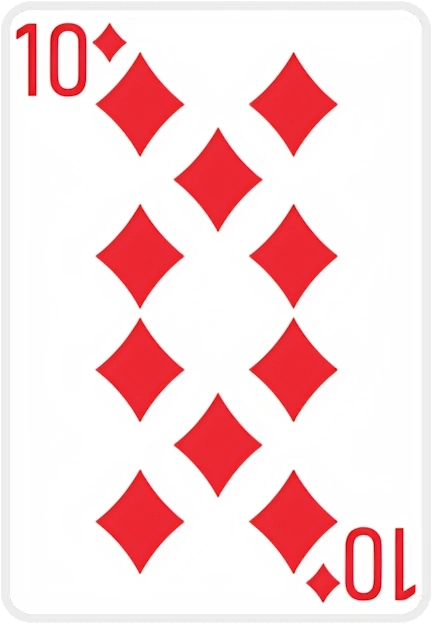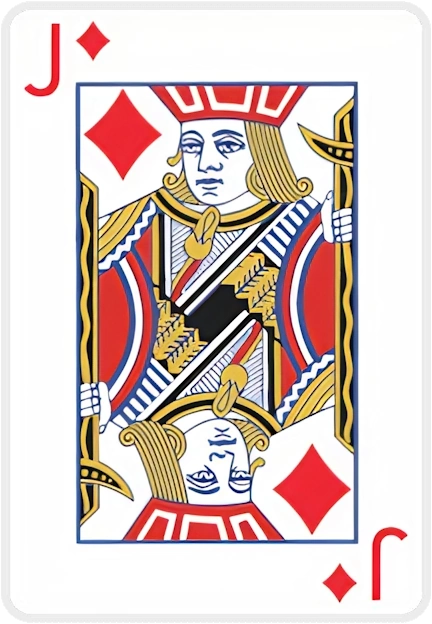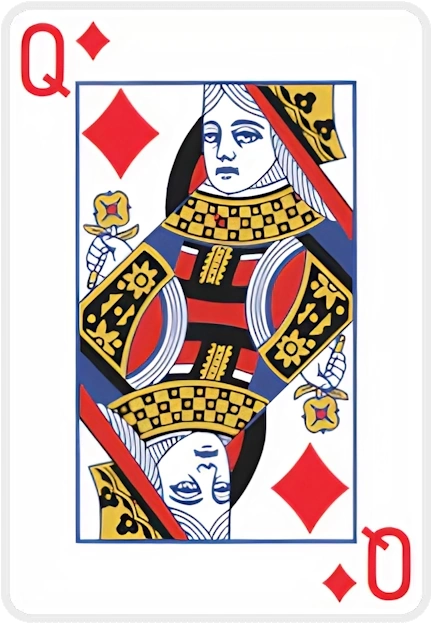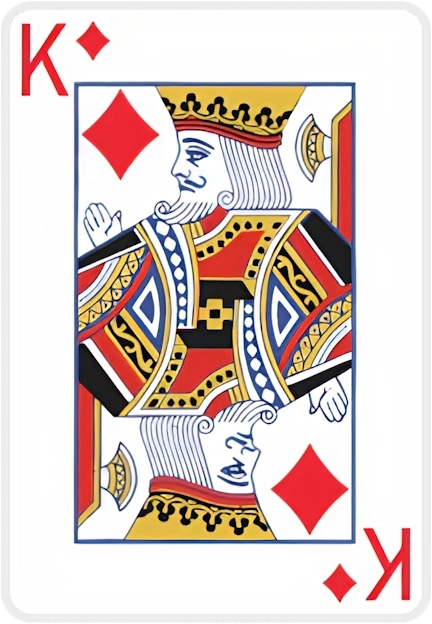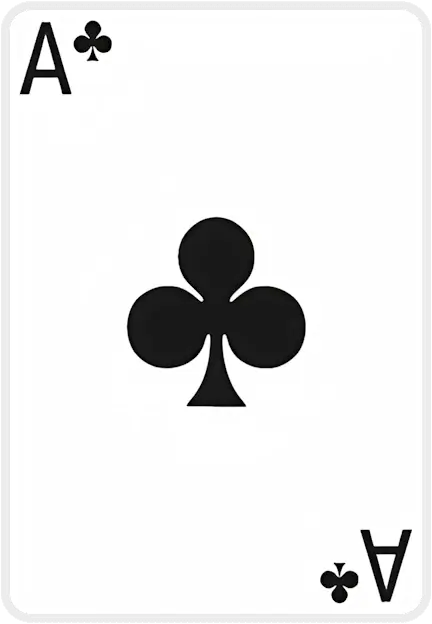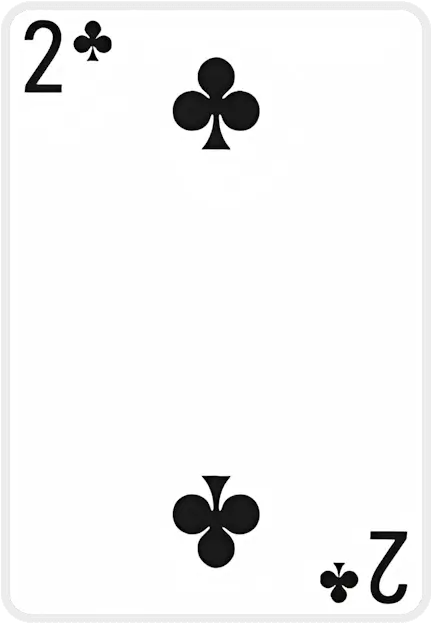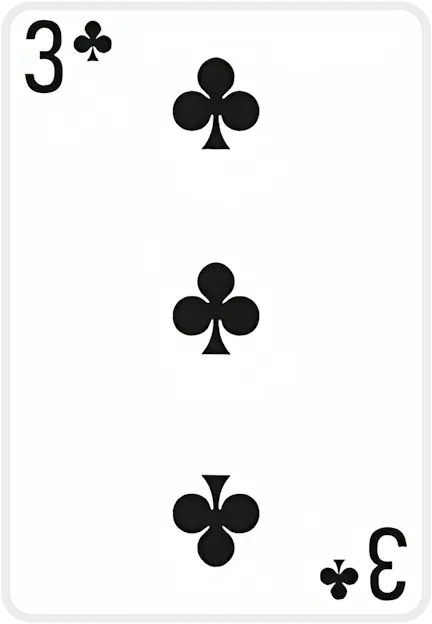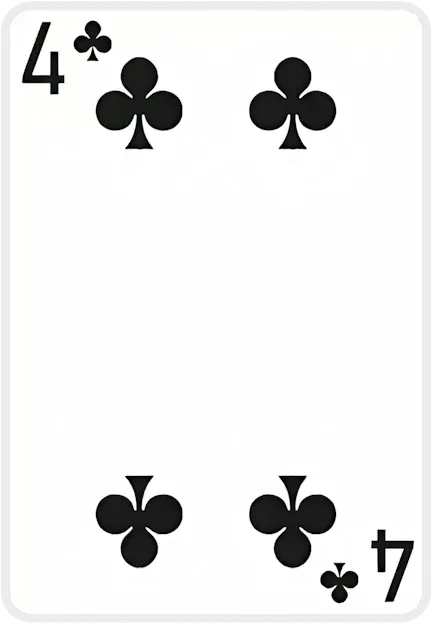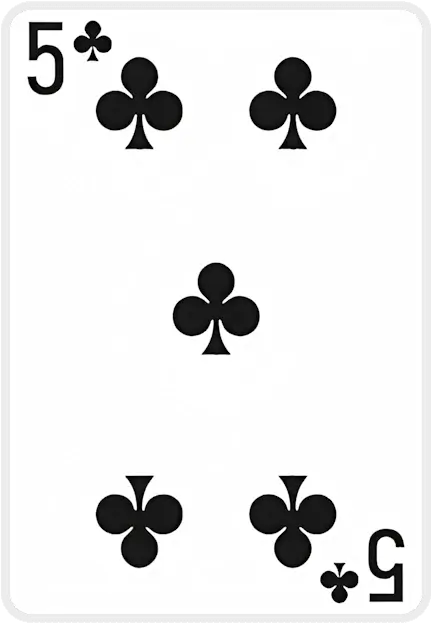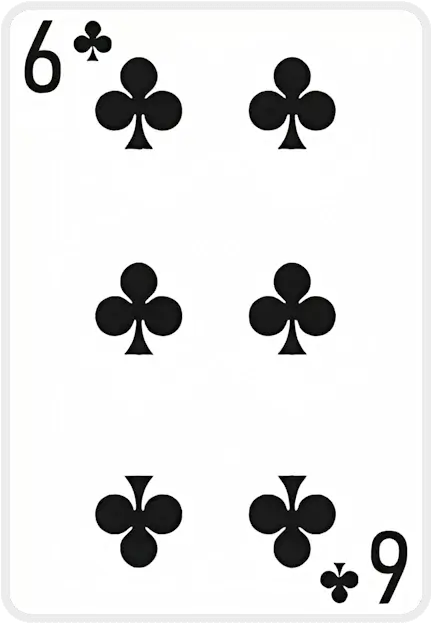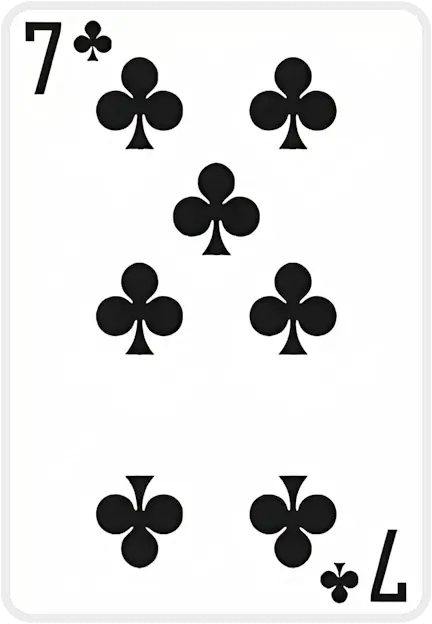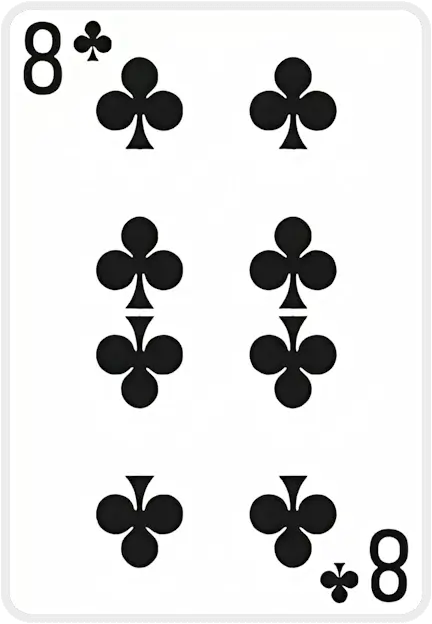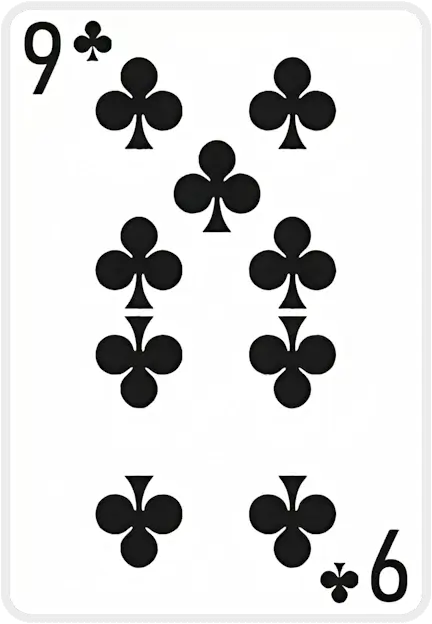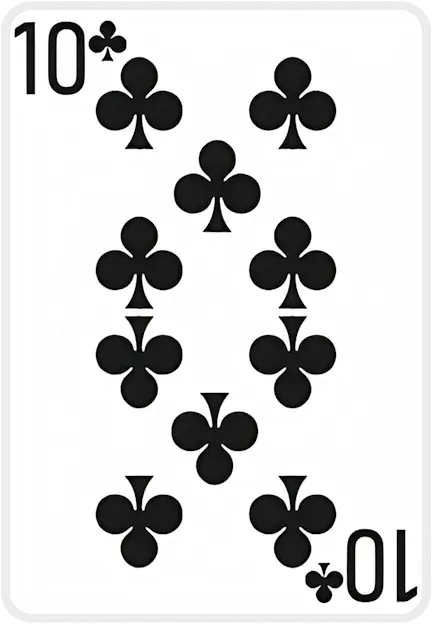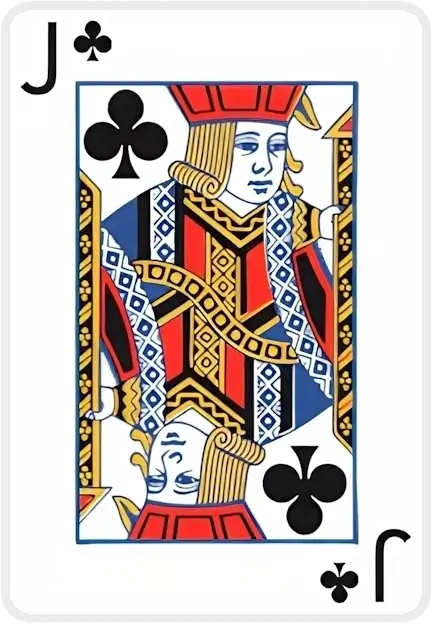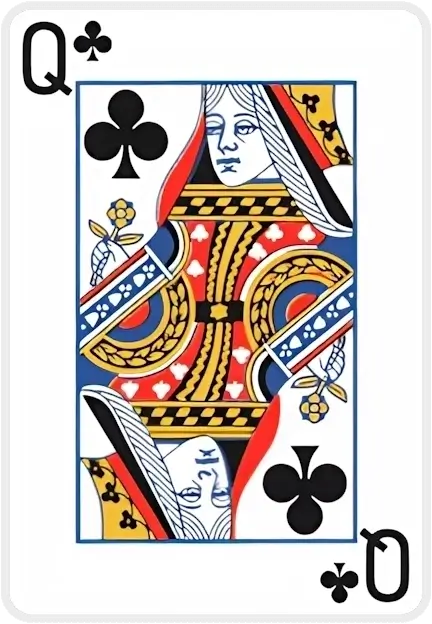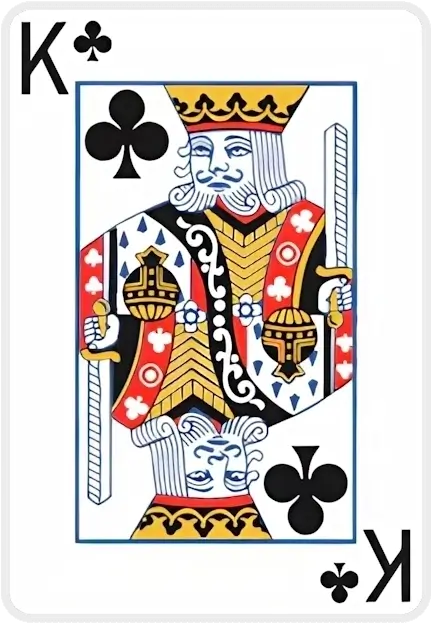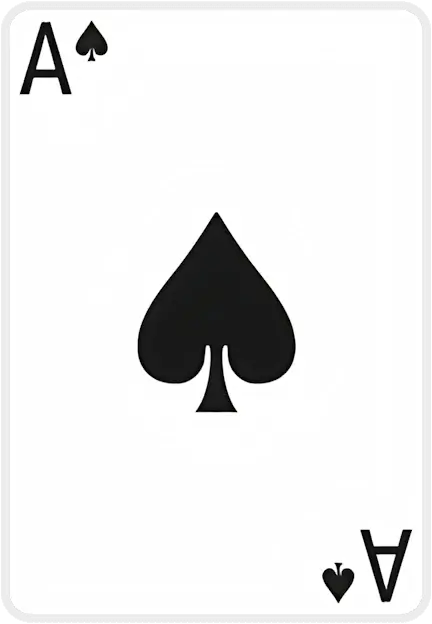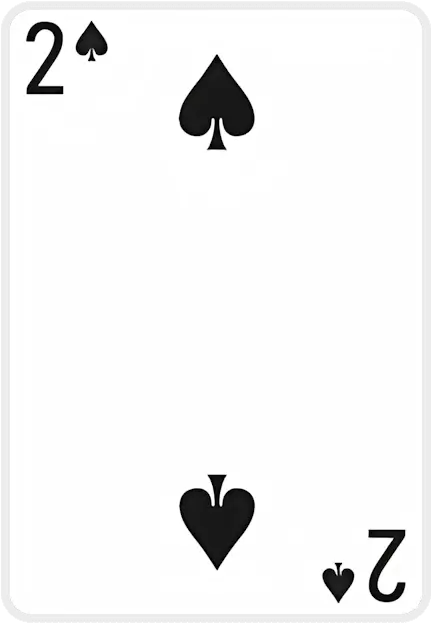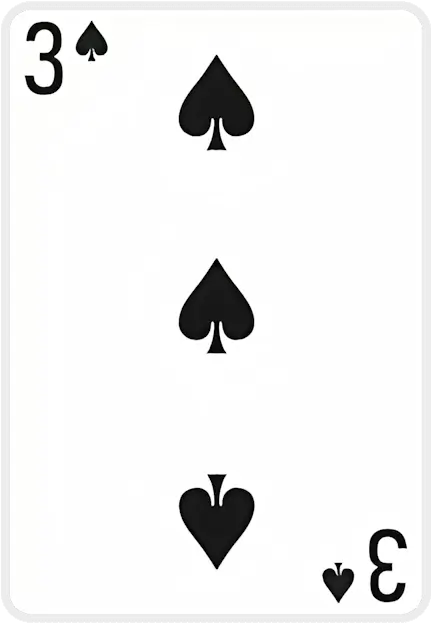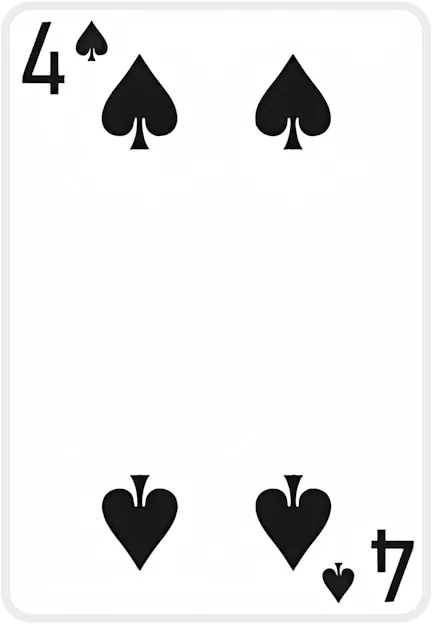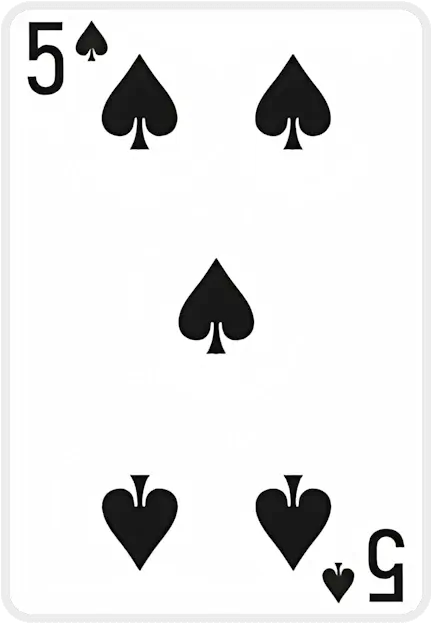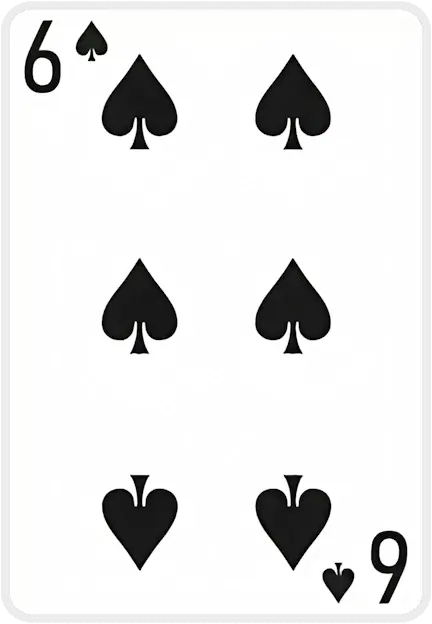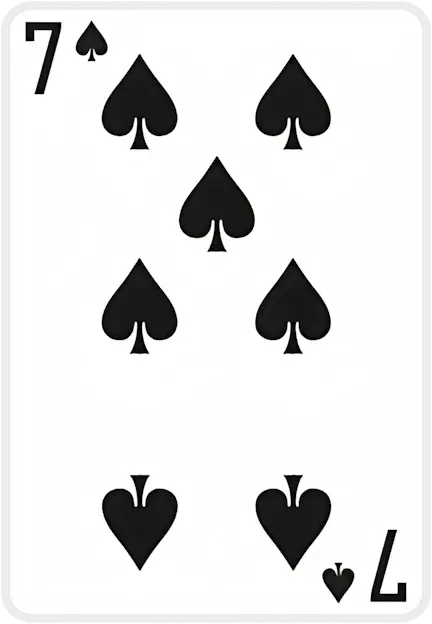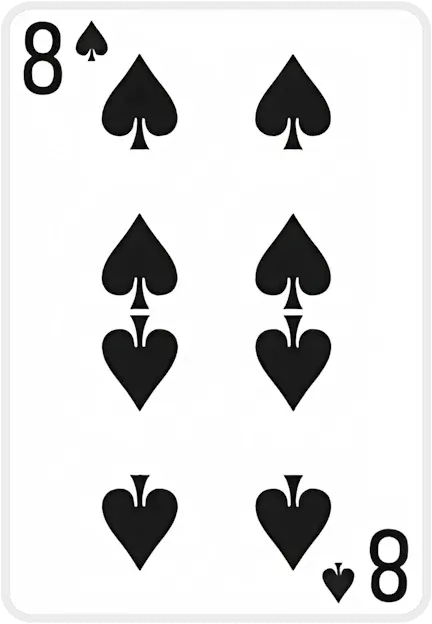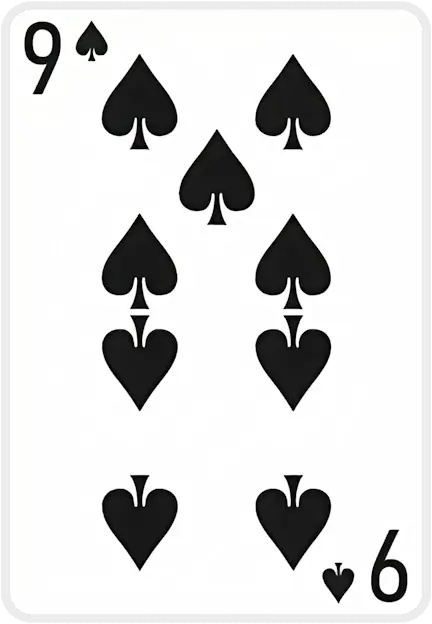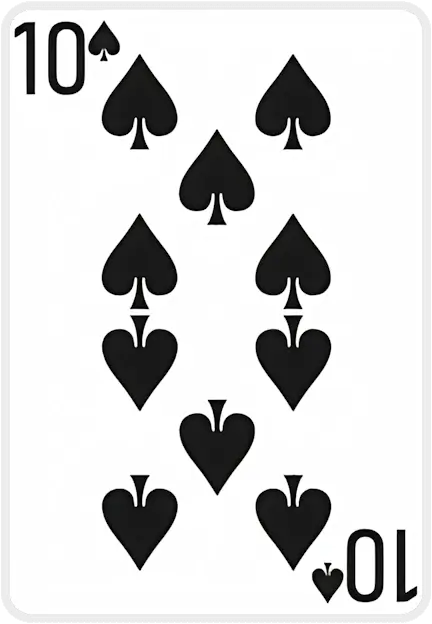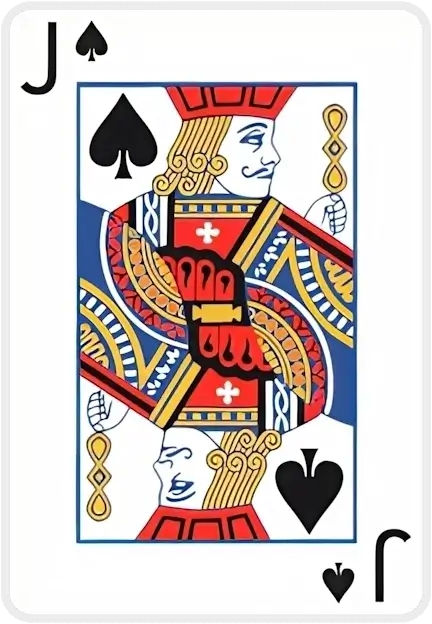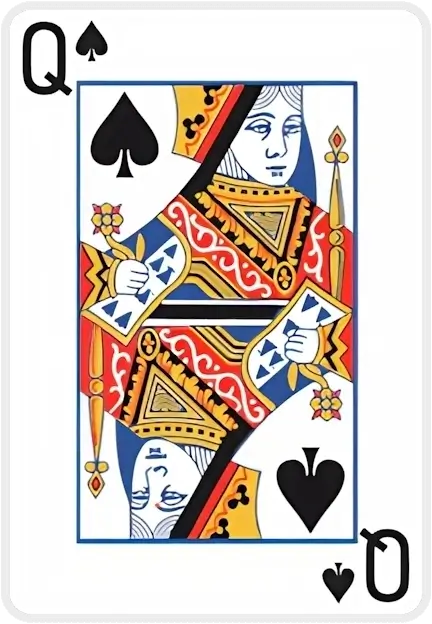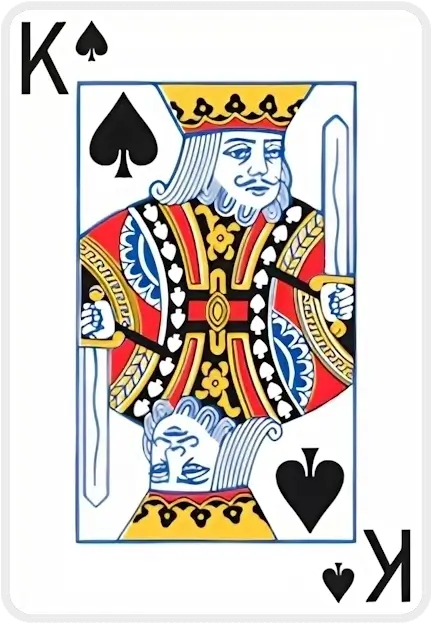Et voi pudottaa, korttisi täytyy olla vastakkaisen maan värinen.
Cannot drop, your card needs to be one rank lower
Cannot move multiple cards to foundation
Card suit doesn't match foundation pile suit
Card can only be dropped on top of a card pile
Cannot deal cards when there are empty tableau piles
You can only move {0} card(s) at a time based on the current free cells and tableau
The cards don't add up to 13 and cannot be moved
The card is inaccessible and move cannot be performed
Cards must be in sequential order (one higher or lower)
Yakutat Solitaire

Yakutat Bay Solitaire – A Unique Yukon Variant 🃏❄️
Game Overview
Yakutat Bay Solitaire is a fun and unique single-deck card game that blends the classic Yukon solitaire with a clever twist inspired by Moving Left. This hybrid gameplay offers a fresh challenge for solitaire lovers, combining Yukon’s free-moving stacks with an inventive method of filling spaces. Named after the scenic Yakutat Bay in Alaska – famous for cruise ships viewing icebergs calving off the Hubbard Glacier – the game carries a cool, adventurous vibe. If you’re looking for a challenging solitaire adventure with a touch of Alaskan flair, Yakutat Bay Solitaire is sure to keep you entertained! 😄🃏
How to Play Yakutat Bay Solitaire
Yakutat Bay Solitaire follows rules similar to Yukon, with some special adjustments from Moving Left. The goal is straightforward: move all the cards to the four foundation piles, building each up in suit from Ace to King. Below is a breakdown of the setup and rules for play:
-
Deck and Deal: Uses one standard 52-card deck. The tableau has 7 columns of cards laid out in a pattern (like Yukon). Typically, each column starts with some face-down cards topped by a face-up card (e.g. the leftmost pile might have 0 face-down, 1 face-up; the next has 1 face-down, 1 face-up, etc., ending with the rightmost having the most cards). All remaining cards, if any, are dealt into the tableau – there is no separate stock pile in classic Yukon style.
-
Foundations: There are four foundation piles (initially empty) where you build cards up by suit from Ace to King. Any Ace can be moved to an empty foundation to start it, and on each foundation you can place the next higher card of the same suit. For example, you may place a 5♠ on a 4♠ in the foundation. Once a card is placed on a foundation, it stays there (no moving cards back to tableau). The game is won when all 52 cards are on the foundations in order.
-
Tableau Building: The tableau consists of seven piles where cards will be played and moved. On the tableau, you build cards down in descending rank and alternating color (just like in Yukon/Klondike). For instance, you can play a 10♣ or 10♠ onto a Jack of Hearts (red Jack). Any face-up card that isn’t covered by another can be moved either to a foundation or onto another tableau pile as allowed. Importantly, in Yakutat Bay (as in Yukon), you may move a whole sequence of face-up cards as a unit – even if the cards below aren’t in perfect order – as long as the starting card of that stack follows the alternating color, descending rule on the destination pile. This means you can pick up a card and all the cards on top of it and relocate them together, which gives you great flexibility to rearrange the tableau.
-
Empty Columns (Moving Left Mechanic): Yakutat Bay’s signature twist comes into play when a tableau column becomes empty. In most solitaire games, only a King can fill an empty space, but here empty tableau spots are immediately filled by cards “moving left” from the next column to the right (if there is one). In other words, when you clear a pile, the pile to its right will automatically shift over (with its entire sequence of cards) to fill the gap, much like the rule in Moving Left solitaire. This cascades to the left as spaces open, effectively closing gaps without needing to manually move Kings. If the right-adjacent column is also empty (or if you clear the rightmost column), then and only then can you fill the empty space with a King or a sequence starting with a King. This rule adds an extra layer of strategy – you must plan moves knowing that clearing a pile will trigger an automatic shift of cards from the right. Use this to your advantage to reveal face-down cards and mobilize hidden cards.
An example layout of Yakutat Bay Solitaire in progress. The seven tableau columns (bottom) are built down in alternating colors, and the four foundation piles (top) build up in suit from Aces. Any face-up card (or packed sequence) can be moved to another column or foundation. Empty spaces are filled by the neighboring column moving over, emulating the “moving left” rule from its parent game.
- Strategy Tips: Focus on freeing face-down cards early – moving sequences to open up hidden cards will increase your options. Try to empty deeper columns when possible, as this will cause whole piles to shift left and potentially free up additional cards without needing a King immediately. As with Yukon, always make use of moving entire stacks and don’t hesitate to place cards temporarily on other piles to uncover Aces and low cards for the foundations. Every card moved to the foundation is one less card cluttering the tableau, bringing you closer to victory.
History of the Game
Unlike classic solitaire games that date back to the 19th century, Yakutat Bay Solitaire is a relatively modern invention. It was first introduced in the 21st century as a new variant combining two existing solitaire concepts. The game’s design draws from Yukon, a well-known patience game (similar to Klondike but with no stock and more liberal moving of cards, originating in the early 1900s), and Moving Left, a lesser-known but clever two-deck game where empty piles are filled by cards moving over from the right. By merging these ideas, Yakutat Bay gives players the familiar feel of Yukon with an added dynamic twist in how the tableau evolves during play.
The name “Yakutat Bay” was chosen to give the game a distinctive character. Yakutat Bay is a real bay in Alaska famed for its glaciers (notably Hubbard Glacier) and spectacular icy scenery. According to the game’s creator, the variant was named after Yakutat Bay in Alaska, where cruise ships go to watch icebergs splinter and crash into the water. This evocative name not only reflects the cool, strategic nature of the game (you might say it’s as “cool” as icebergs!) but also follows a tradition in solitaire naming – much like Yukon and Alaska, which are names of places used for Yukon-type solitaire variations. The thematic connection to ice and the north makes it memorable among solitaire enthusiasts.
Since its creation, Yakutat Bay Solitaire has appeared in online solitaire collections and software, gaining a following among players who enjoy Yukon-style games. Its unique mechanic has also inspired interest in other hybrid variants. While not as ubiquitous as Klondike or Spider, Yakutat Bay stands out as an innovative twist on traditional solitaire rules, proving that even timeless card games can evolve with new ideas.
Origins and Creator
Yakutat Bay Solitaire was invented by Gregg Seelhoff, an accomplished solitaire game designer and software developer. Gregg Seelhoff is known in the computer card game community for contributing to many solitaire game collections and even co-designing solitaire puzzles for digital platforms. He created Yakutat Bay as an original game, likely introducing it in a software collection or online platform in the early 2010s. The invention was part of an effort to expand the repertoire of Yukon-type games with fresh mechanics. By naming it after Yakutat Bay, Seelhoff gave a nod to the geographical naming convention of Yukon-like games (Yukon, Alaska, etc.) while also highlighting the game’s “cool” new feature reminiscent of glacial movement.
In developing Yakutat Bay, Seelhoff effectively took the “moving left” rule (automatic filling of spaces) which had existed in older games and adapted it to a single-deck format akin to Yukon. The result is a game that feels both familiar and novel. The creator’s background in game design ensured that Yakutat Bay was well-balanced and enjoyable despite its increased complexity. Today, credit for Yakutat Bay is given to Gregg Seelhoff in many rule compilations of solitaire games, and his creation has been enjoyed by players around the world through various solitaire apps and websites.
Play Yakutat Bay Solitaire Online
Ready to test your skills on this exciting solitaire variant? 🙌 You can play Yakutat Bay Solitaire right here, on this very page – no signup or download needed. Just hit the “New Game” button on SolitaireX.io’s Yakutat Bay Solitaire and start playing immediately. Enjoy the full-featured experience with undo options and hints as you strategize your way through the icy challenge that this game presents. Good luck, and have fun mastering Yakutat Bay!
P.S. Love Yukon-style solitaire games? You can find more solitaire games (including Yukon and other variants) on our site – check out the Yukon games collection for additional free solitaire titles to play. Whether you want classic games or new hybrids like Yakutat Bay, our library has plenty to keep you entertained. Happy card stacking! 🎉
Case Studies
All figures below come directly from our database. Using first-party data ensures every insight is evidence-based, up-to-date, and privacy-respectful.
| Game Tier | Stand-out Titles | Win Rate |
|---|---|---|
| Quick Wins | Spider (1 Suit), Hole-in-One, TriPeaks | 70–84% |
| Fair Challenges | Solitaire (Draw 1) – 913 k plays FreeCell, Golf |
45–63% |
| Expert-Level | Spider (4 Suits), Forty Thieves, Double Scorpion | ≤11% |
Curious which moves turn the odds in your favor? Explore all the data & strategies →
What people say about us
Interview with Beverley Walker-Daury
At 87, Beverley Walker-Daury shares how SolitaireX brings joy, companionship, and purpose to her days in a retirement home.
Player Interview: Poul Andersen
Poul Andersen shares how playing SolitaireX helps him keep his brain sharp and active.
Player Interview: Peter Gross
Peter Gross, 81, shares how SolitaireX became his go-to place for relaxing Freecell games and friendly competition.
Player Spotlight: St0Sh0’s Record-Breaking Runs on SolitaireX
We sit down with speed-solitaire sensation St0Sh0 to talk record times, favorite variants, and why SolitaireX is his go-to card-game hub.
Fresh from the SolitaireX Blog

Decks & Destinations: The Solitaire Traveler Series Part 5: Berlin — Strategy & Culture Walks
Berlin’s rhythm of reflection and structure pairs perfectly with Solitaire’s calm logic. This guide invites travelers to explore the city’s culture and canals with a few mindful moves between each stop.

Decks & Destinations: The Solitaire Traveler Series Part 4: Tokyo – Mindful Play in a Fast City
Tokyo’s fast pace hides countless moments of calm — perfect for a mindful round of Solitaire. This traveler’s guide pairs iconic spots with short, focused play sessions to restore clarity on the go.

Decks & Destinations: The Solitaire Traveler Series Part 3: Seattle — The PC-Era Vibe
Seattle’s rain-washed calm pairs perfectly with Solitaire’s quiet focus. This traveler’s guide shows how to blend sightseeing, coffee breaks, and short, finite puzzles into a mindful PC-era rhythm.

Decks & Destinations: The Solitaire Traveler Series Part 2: London – From “Patience” to Presence
London’s slower moments pair perfectly with Solitaire—once known locally as “Patience.” This traveler’s guide blends calm city rhythms with mindful card play to help you recharge between adventures.
Latest guides crafted by Stoyan Shopov and Kalin Nikolov
Golf Solitaire Mastery: Strategy, Stats & Flow
Deal 7 columns of 5 face‑up cards (35 total). The remaining 17 cards*form the stock; flip the first stock card to start the waste. You may move only exposed tableau cards, and only if the rank is exactly one higher or lower than the waste top. Suits don’t matter. When no move exists, flip a new waste card. Clear all tableau cards to win.
TriPeaks Solitaire Mastery: Strategy & Analytics
Two peaks are dust; one stubborn ridge remains. Your waste shows a 9. The tableau flashes 10‑J‑10‑9‑8 like a heartbeat. You nudge the 10, feel the cadence lock in, and—without overthinking—trace a neat descent that crumbles the last peak. That tiny spark of *flow* is why TriPeaks hooks serious players: rhythm, restraint, and the rush of a run that arrives exactly on time.
Pyramid Solitaire Mastery: Strategy, Stats & Joy
Picture the pyramid down to its last stubborn tier: a Queen pinned beneath a ridge, a lone Ace on the waste, and a King begging to be burned for tempo. Heartbeat, breath, click—then the whole structure yields in a rush. If you’ve hit that razor‑edge finale, you already know Pyramid’s secret: small decisions, made in the right order, change everything.
FreeCell Solitaire Mastery: Strategy & Analytics Guide
I have a 15 years personal, lived experience—picture a scene built from thousands of session logs and notes from serious players: It’s late, and the board looks jammed. You clear a single column, free one cell, and suddenly a 9♣‑8♦‑7♣‑6♦ chain glides into place, untying the knot you stared at for ten minutes. The rush isn’t luck—it’s the quiet pleasure of a plan snapping into focus. When did FreeCell last feel less like “killing time” and more like practicing a craft you can actually master?
Media About Us
0


